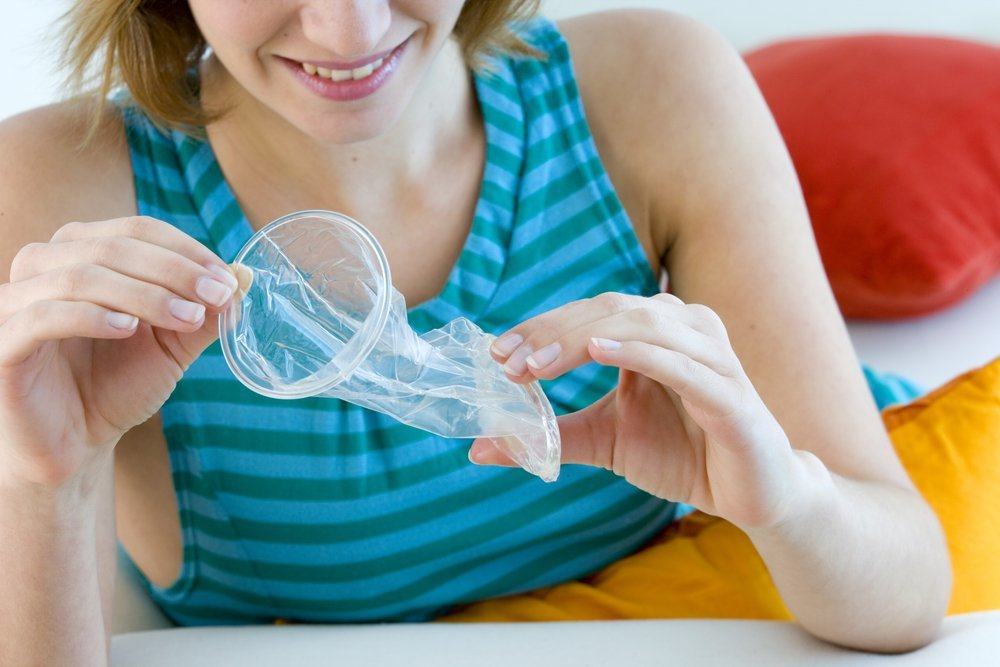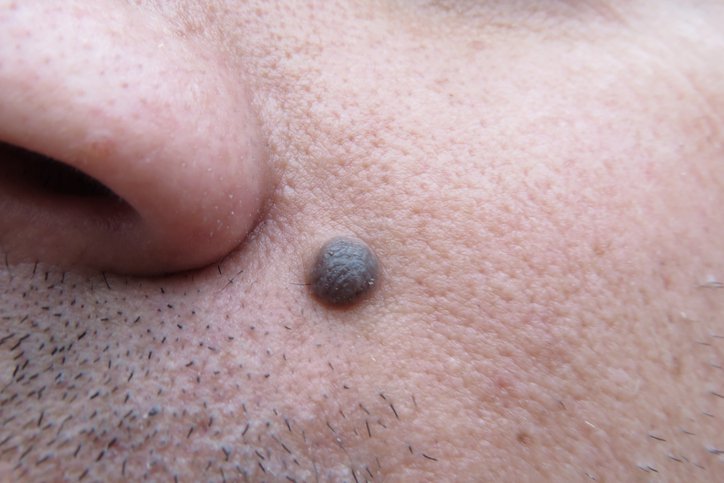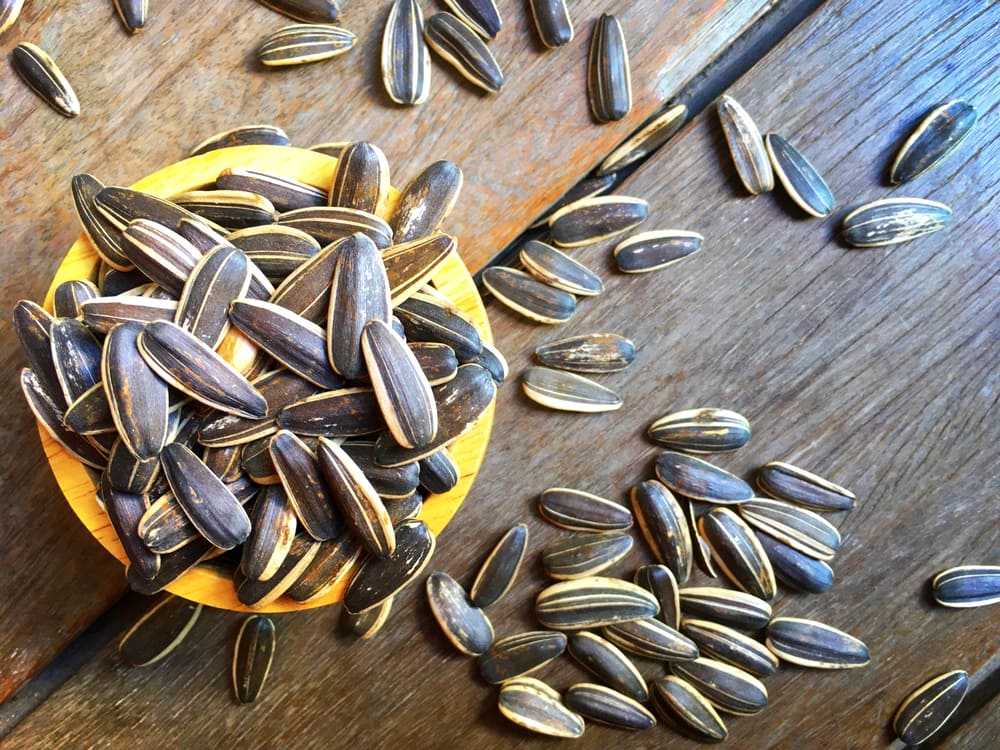Contents:
Medical Video: FEMALE CONDOMS | 10 Facts About Female Condoms You Should Know.
Condoms are not only available for men, but also for women.
Male condoms to date are the only protective devices available as a method of HIV prevention and most sexually transmitted diseases are contagious. Female condoms offer additional options that allow women to control independent ways to protect themselves from sexual infections and unwanted pregnancies.
Female condoms have an important role in HIV prevention. This contraceptive device is a prevention tool that can help women involved in sexual relations or certain situations where they are not in a position to negotiate male condom use due to personal and socio-cultural constraints.
Here are some basic facts about female condoms that you should know.
Is that a female condom?
The US Food and Drug Association (FDA) approved female condoms in 1993. There are two types of condoms: FC1, original prototypes made of polyurethane, but later replaced by FC2 made of nitrile, non-latex synthetic rubber.
The female condom is a strong but soft, transparent colored cylinder bag that acts as a protective layer between the penis and vagina to keep sperm and semen in the condom and away from your vagina.
With two flexible rings at each end, the condom can be inserted into the vagina just before intercourse, or for hours before. The ring on the closed end of the condom functions as a condom keeper in place. While the open end on the opposite side of the condom stays outside the vagina during sexual intercourse.
This condom is stronger than male latex condoms, odorless, does not cause allergic reactions, and can be used with water or oil based lubricants. This special protective device for women does not depend on male erections, and does not need to be removed immediately after ejaculation.
Are female condoms as effective as male condoms?
Female condoms are an alternative choice for ordinary condoms, not as a companion. Both of them may not be used together at one time, because the friction created from both surfaces can cause wear and tear easily. In addition, female condoms should not be used in conjunction with the use of the cervical cap or diaphragm. However, it may be used in conjunction with oral or injectable contraception.
If it is always used correctly and adheres to instructions on how to use it every time you have sex, a female condom is 95 percent effective in preventing pregnancy. That is, only 5 out of 100 women will get pregnant after using this condom.
However, perfect use almost never happens. If it is not used properly (wrong way to enter or use occasionally for sex), female condoms are 79% effective in suppressing pregnancy rates. This means that 21 out of 100 women will become pregnant within one year after using condoms.
When inserted perfectly, the female condom covers not only the vagina and uterus, but also the external area of the vaginal lips (labia), which can offer protection against infectious venereal diseases - including HIV.
How to use female condoms
Condoms can be inserted into the vagina immediately before having sex or up to eight hours before, and a new condom must be used every time you engage in sexual activity with your partner. In addition, condoms can be used during menstruation or pregnancy (or early postpartum periods).
Things that must be considered in using a female condom:
- Apply lubricant to the outer surface of the tip of the condom.
- Find a comfortable position. You can stand with one foot in a chair, sitting, lying down or squatting.
- Pinch slowly on both sides of the closed end of the condom, and insert it into the vagina with the index finger like inserting a tampon. Push, slowly, as far as possible - until it passes through the pubic bone and reaches the uterus.
- Pull your finger out and let the outer ring hang about 2.5 centimeters outside the vagina
- Make sure the penis does not come into contact with the vagina before the condom is completely inserted. This is done to prevent even pre-ejaculate semen from containing sperm and / or sexually transmitted infections.
If you want to use a condom for anal sex, the same way can be used to insert it into the anus.
During sexual intercourse, it is normal for a female condom to move. Stop sexual activity if the penis escapes between the condom and the vaginal wall, or if the outer ring is pushed into the vagina. As long as your partner has not ejaculated, you can slowly pull the condom out of the vagina, add lubricant or spermicide, and put it in again.
Are female condoms safe for women's health?
Almost everyone can use a female condom safely. Condoms are also safe to use during anal sex. Unlike birth control pills or birth control injections, female condoms have no effect on hormones in a woman's body.
For some women, this condom can cause irritation to the vagina, vulva, penis, or anus. Also complained about condoms can make noise if not well lubricated, which can interfere with sexual activity and arousal. The penis can also get out of the condom during sex. If the condom is torn / damaged / leaked during sex, immediately switch to the use of emergency contraception as soon as possible up to five days later. You are also advised to undergo a sexually transmitted infection examination.
Please note: many women and their partners can use this condom without any problems, but consult a doctor if you have certain concerns about female condom use.
READ ALSO:
- 3 easy guidelines for safe sex during pregnancy
- Headaches, can it be cured only with sex?
- Is it true that using a double condom is safer?












